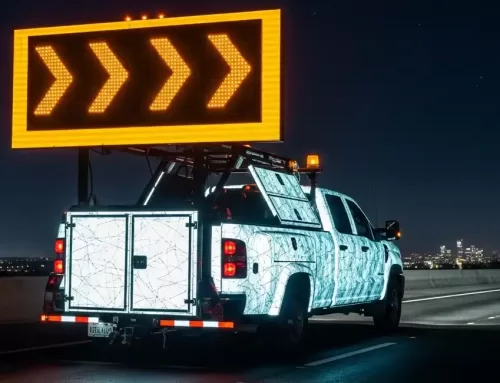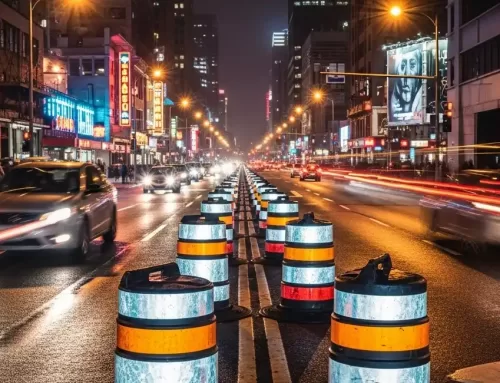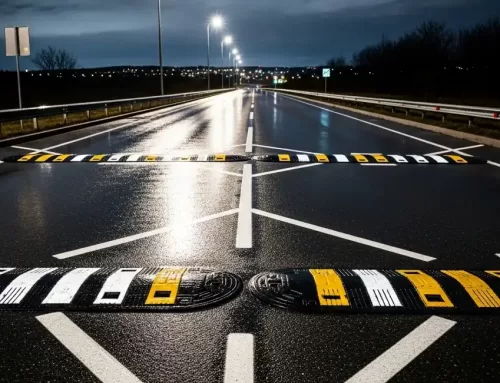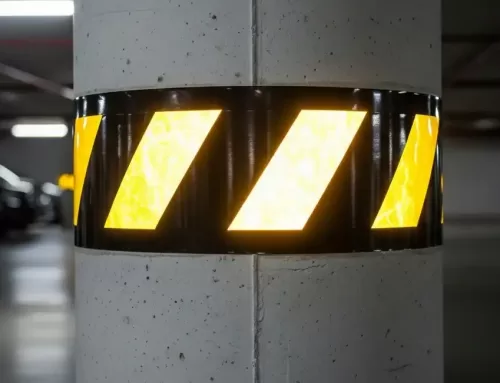Classification basis of microprismatic reflective film
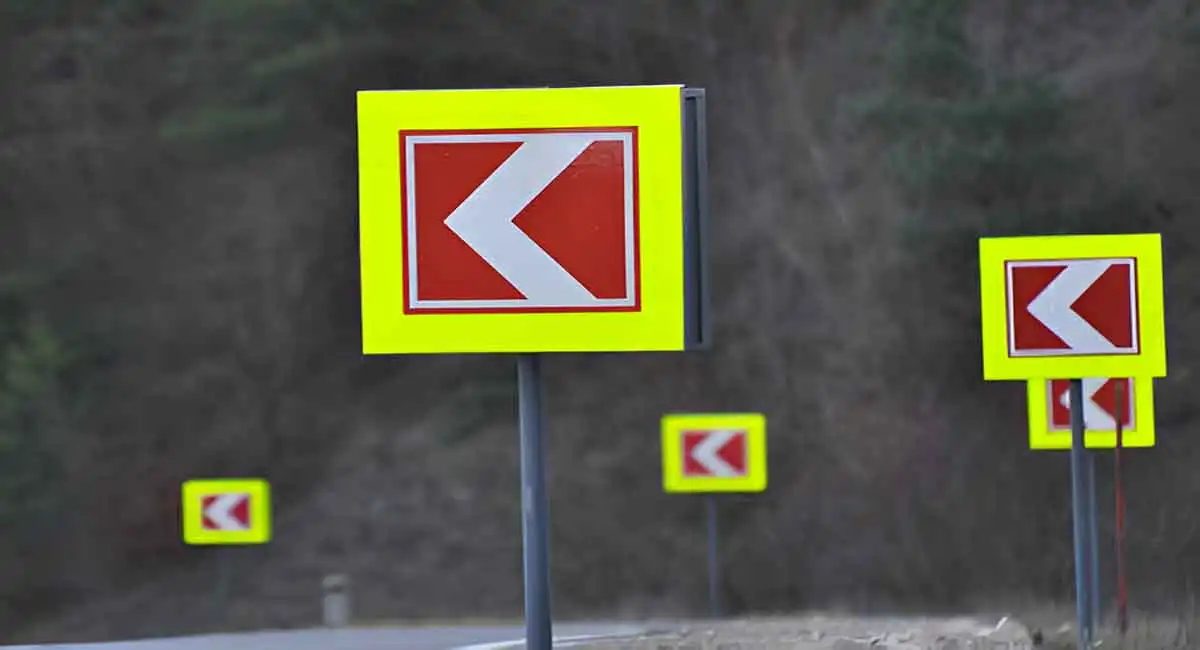
Prismatic reflective film composition introduction:
Glass bead reflective film appeared early and has a long history. Many reflective films use this type.Prismatic reflective film uses more advanced technology and processes, and has many variations. It can manufacture products that meet different traffic needs according to material selection and prism structure.
Reflective film products include products for visual recognition needs in bad weather, products for non-frontal retroreflective brightness, and products that take into account various performances. With regard to past habits, according to the structure of its light reflection unit, it can be divided into glass bead type light reflection film and prismatic type light reflection film.
According to the new national standard of road traffic reflective film “GB/T 18833-2012”, it can be divided into the following categories:

1. Classification based on the refraction principle. Reflective films are divided into two types: glass bead type and micro-prism type according to the retro-reflection principle;
2. According to the photometric performance, structure and use of reflective film, it can be divided into 7 categories:
- Class I – It is a lens embedded glass bead type structure, called engineering grade reflective film, which is also indicated as Class I reflective film in the bidding documents, collectively referred to as engineering grade reflective film, with a service life of generally 7 years, which can be used for permanent traffic signs and work area facilities;
- Class II – It is usually a lens embedded glass bead type structure, also indicated as Class II reflective film, and the old national standard document indicates it as Class IV reflective film, which is usually a lens embedded glass marble type structure, also called super engineering project grade reflective film, with a service life of generally 10 years, which can be used for permanent traffic signs and work area facilities;
- Class III – It is usually a sealed capsule glass bead type structure, the old national standard document Class III reflective film, also known as high-strength reflective film, the reflective structure is a sealed capsule glass marble type, the outdoor service life is generally ten years, commonly used in municipal signs, national and provincial road signs, and township and county road traffic signs Etc.;
- Class IV – usually prismatic structure called super-strong reflective film, the second-level reflective film in the old national standard file, the reflective structure is micro-prismatic, also called super-strong reflective film, the service life is generally ten years, commonly used in municipal signs, national and provincial road signs, expressway traffic signs, contour signs, etc.;
- Class V – usually prismatic structure called high-angle reflective film, the first-level reflective film in the old national standard file, the reflective structure is prismatic, called diamond-grade reflective film, the service life is 10 years, commonly used in high-speed traffic signs, municipal road traffic signs and other reflective products;
- Class VI – usually prismatic structure with metal coating, the service life is generally 3 years, can be used for contour signs and traffic columns, without metal coating can also be used for work area facilities and traffic signs with fewer characters;
- Class VII – usually prismatic structure, flexible material, the service life is generally 3 years, can be used for temporary traffic signs and work area facilities.

